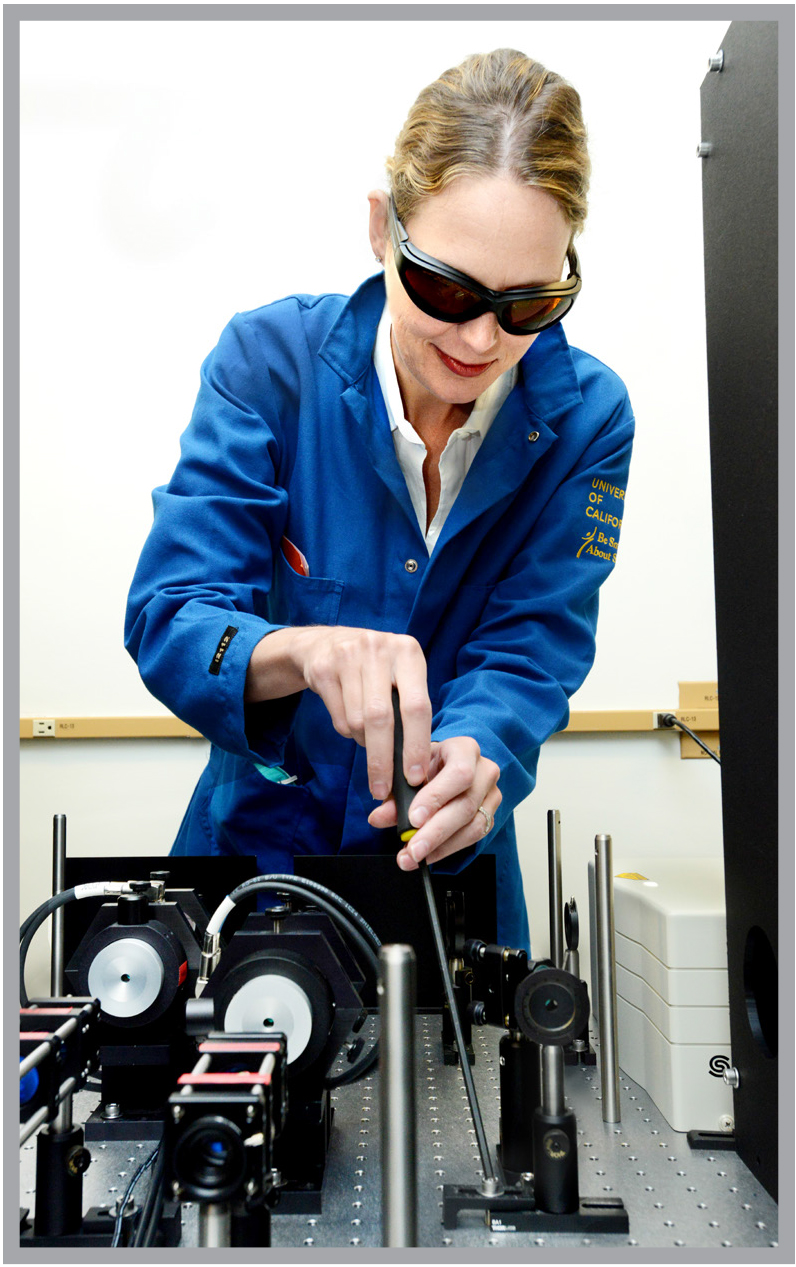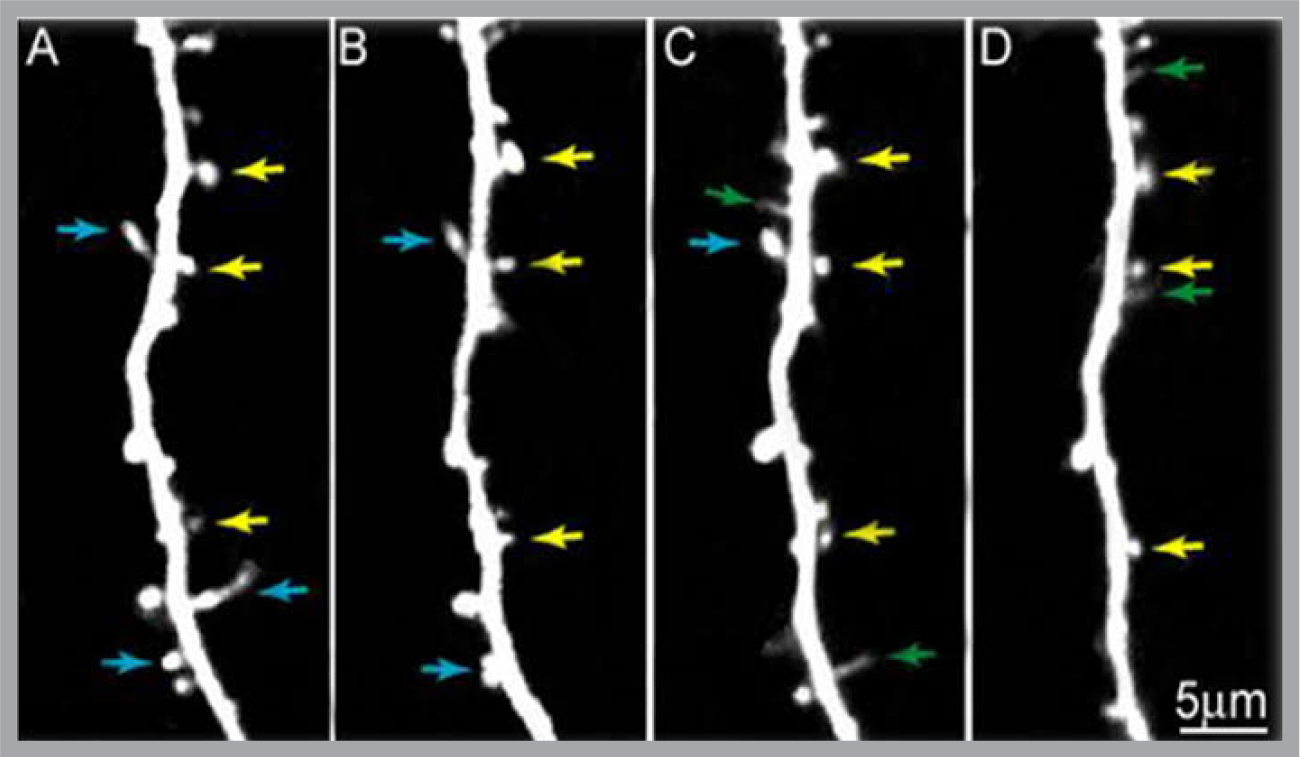The Adolescent Brain Grows Up
The teenage brain doesn’t get much respect. It has a reputation for being unfocused, unpredictable — prone to get its owner into difficult situations. But evidence is mounting that the teen brain does not go haywire. Instead, it may undergo a particularly dynamic period of rewiring.

“Many people talk about adolescents as if they had lesions of their prefrontal cortex,” says Berkeley psychologist Linda Wilbrecht. “It’s often said that this part of the brain is not yet online. That seems silly — that we would wander out into the world without this decision-making center working.”
“I think it’s more appropriate to say the teenage brain is wired differently, and we just don’t always like the kinds of decisions it’s making.”
For animals, and essentially for people too, Wilbrecht says, adolescence is the time to leave the nest, establish a territory, forage for food, or for a livelihood, and maybe choose a mate. This critical transition to independence and adulthood, she thinks, places strong demands on the neural circuitry underlying decision-making.
In research with juvenile mice, Wilbrecht has employed a powerful, non-invasive imaging technique to view interactions between some of the billions of neurons in a “teenage” mouse’s brain. The studies show that neurons in the juvenile brain engage in a flurry of explorations, sending out vast numbers of scouts, called spines, to sample possible connections with other neurons. The number of forays far exceeds those in the adult brain, she and others have found.
The impulse is clear but non-commital. In any given day, a third of these potential contacts are extended and then withdrawn, Wilbrecht has found. Within a week, more than half of the early connections have been replaced by others. By contrast, turnover in the adult brain rarely exceeds ten percent.
“The juvenile brain is sampling widely and then settling down with connections that are appropriate in its environment,” Wilbrecht suggests. “We hypothesize that adolescent brains are not simply in transition to maturity, but they are specialized to explore and make decisions under conditions of uncertainty at the age of independence.”
Wilbrecht thinks that the intense level of neural searching in the juvenile brain may help explain the animals’ enhanced ability to switch readily from one behavior to another when the occasion requires. In a test to measure behavior called “reversal learning,” mice were offered four bowls with a cheerio treat buried under wood-shavings in just one of the bowls. Each of the four bowls was laced with a different scent — licorice, clove, cinnamon or thyme, and the cheerio reward was always to be found in a bowl with the same scent — say clove.

Once the mice had learned to associate the cheerio reward with the clove-scented bowl, researchers switched the reward to a bowl with a different scent. After a few failed attempts to find the treat in the expected site, juveniles were much more likely than adults to give up on searching in the clove bowl — their learned behavior — and explore the others until they find the cheerio.
Wilbrecht likens the juveniles’ searching flexibility to diners returning to a favorite restaurant and sampling new entrees versus always ordering the same dish.
The research was reported in 2011 in the journal Developmental Cognitive Neuroscience.
In the same issue of the journal, colleagues at the Donders Institute in the Netherlands reported similar “enhanced flexibility” in human teenagers in a reversal learning task.
“Juveniles, whether mice or teenagers, start out in the world with no experience facing a staggering range of life decisions. We find under conditions of uncertainty, they are more prone to explore — to try different strategies. It makes sense,” Wilbrecht says.
She is now collaborating with Ronald Dahl in the Berkeley School of Public Health and other colleagues to explore links between the maturation of connectivity in the teenage brain and real-life decision-making in girls between ages 11 and 13. They hope to identify experiential factors that influence the maturation of brain connectivity patterns and decision-making at this transitional age.
Wilbrecht’s imaging studies have also shown that brief exposure to cocaine can rapidly rewire the prefrontal cortex. She and colleagues are currently investigating if cocaine has greater impact on the more plastic adolescent brain. This might explain why starting drug use earlier in life increases the probability of developing a substance use disorder.
“I like to think we are watching the juvenile and adolescent brain absorbing experience and building the decision-making habits and personality that will stabilize in the adult,” she concludes. “We need to know when this process is most vulnerable and what can we do to support its healthy development.”
_______
Wilbrecht joined the Berkeley’s psychology department in 2013. In 2011, while still a professor and research scientist at UCSF’s Ernest Gallo Clinic and Research Center, she was named a recipient of a Presidential Early Career Award for Scientists and Engineers, presented at the White House by President Obama. The award is the highest honor given by the United States government to science and engineering professionals in the early stages of their careers.
